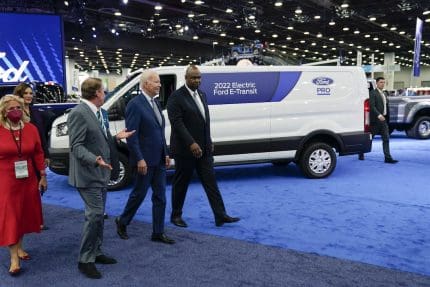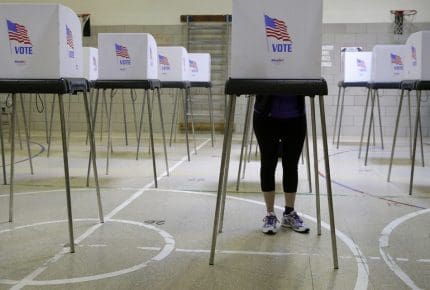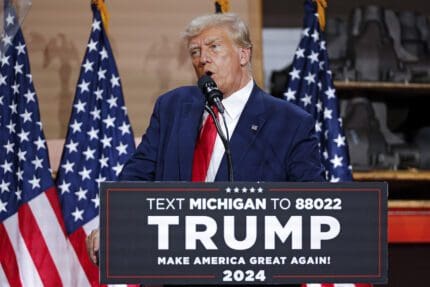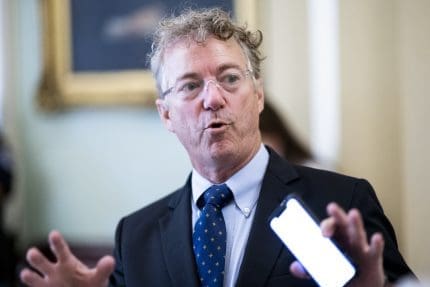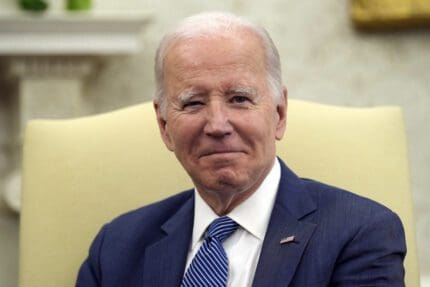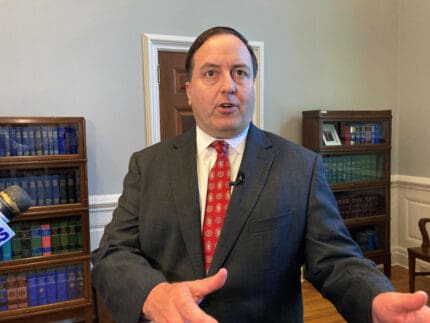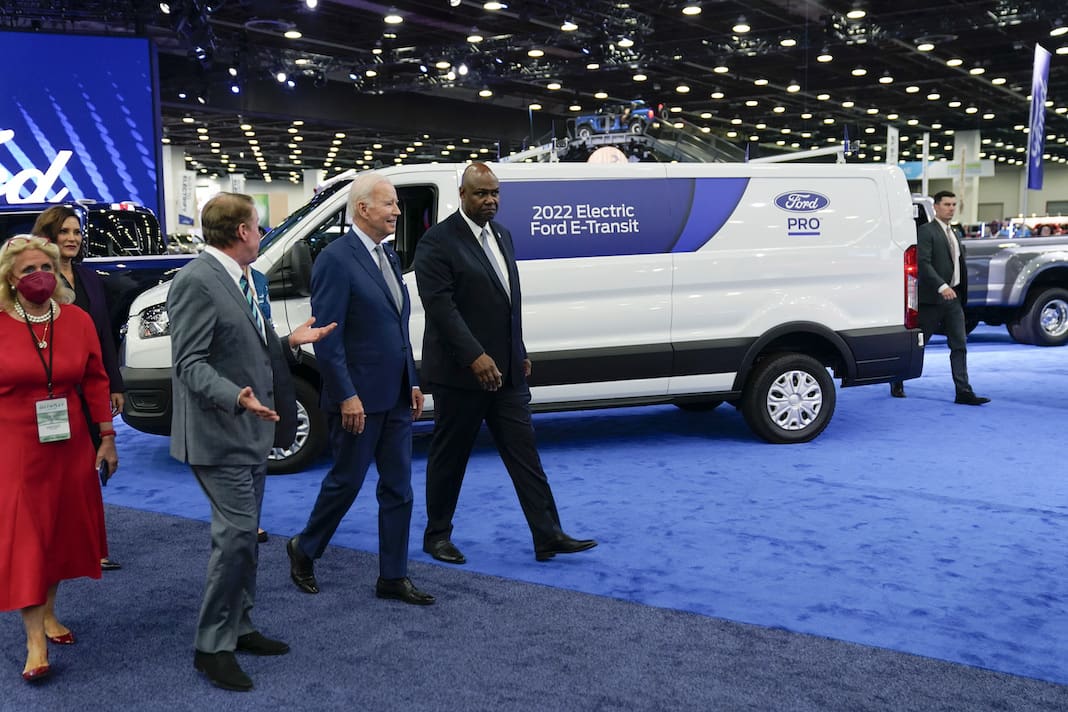Micron credits CHIPS and Science Act in plans to build largest U.S. semiconductor facility
The $280 billion law includes $52 billion to boost domestic semiconductor manufacturing.
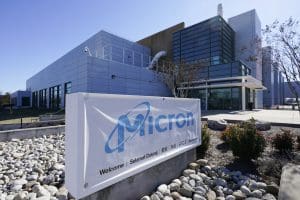
On Tuesday, the computer memory manufacturer Micron announced plans to invest “up to $100 billion over the next 20-plus years” in New York, which includes plans for a “megafab” production facility in the town of Clay.
Micron, which was founded in Boise, Idaho, in 1978, projects that the investment will create 50,000 jobs in the state, including 9,000 “high paying” jobs.
In a press release, Micron CEO Sanjay Mehrotra directly credited the CHIPS and Science Act for the investment. President Joe Biden signed the act into law in August.
“I am grateful to President Biden and his Administration for making the CHIPS and Science Act a priority, to Senator Schumer and a bipartisan coalition in Congress for passing the legislation, and to Governor Hochul and County Executive McMahon for the local and state partnerships that made this investment possible,” Mehrotra said.
The company said the federal grants and tax credits in the new law, along with $5.5 billion in incentives offered by New York for the duration of the project, spurred its decision to hire workers and invest in the region.
Biden hailed the announcement, describing it in a statement as “another win for America” and “another massive new investment in America spurred by my economic plan.”
In August, Micron announced it would invest $40 billion in domestic manufacturing through the end of the decade, and forecast it would create up to 40,000 U.S. jobs. Micron also credited the CHIPS and Science Act for helping to spur that investment.
The $280 billion CHIPS and Science Act includes $52 billion in subsidies to promote domestic manufacturing of semiconductors. The bill attracted some bipartisan support — 17 Senate Republicans voted for the bill, while 32 voted against it. Similarly, 187 House Republicans voted against the legislation, while 24 voted in favor of it.
There has been growing concern about the United States’ dependence on chips primarily manufactured overseas, particularly in China and Taiwan. The COVID-19 pandemic limited chip supplies after China’s capacity to produce chips was greatly diminished.
Between 1990 and 2020, the United States’ share of global semiconductor manufacturing capacity dropped from 37% to 12%, according to the Financial Times. Over the same period, China’s capacity has risen from almost 0% to 15% and is projected to continue rising to 24% in the next 10 years.
In September, Biden attended the groundbreaking of a $20 billion Intel facility in Columbus, Ohio. The company had previously said that construction could have been delayed and the project scaled back if the new law hadn’t been passed.
That law contains incentives for consumers to purchase electric vehicles with American-made components. Soon after, on Aug. 29, Honda and LG announced plans to build a $4.4 billion facility to produce electric vehicle batteries in Ohio.
The White House said in March that Biden is attempting to “build a clean energy economy” by “driving companies to make more in America, rebuild our supply chains here at home, and ultimately bring down costs for the American people.”
Published with permission of The American Independent Foundation.
Recommended

Biden calls for expanded child tax credit, taxes on wealthy in $7.2 trillion budget plan
President Joe Biden released his budget request for the upcoming fiscal year Monday, calling on Congress to stick to the spending agreement brokered last year and to revamp tax laws so that the “wealthy pay their fair share.”
By Jennifer Shutt, States Newsroom - March 11, 2024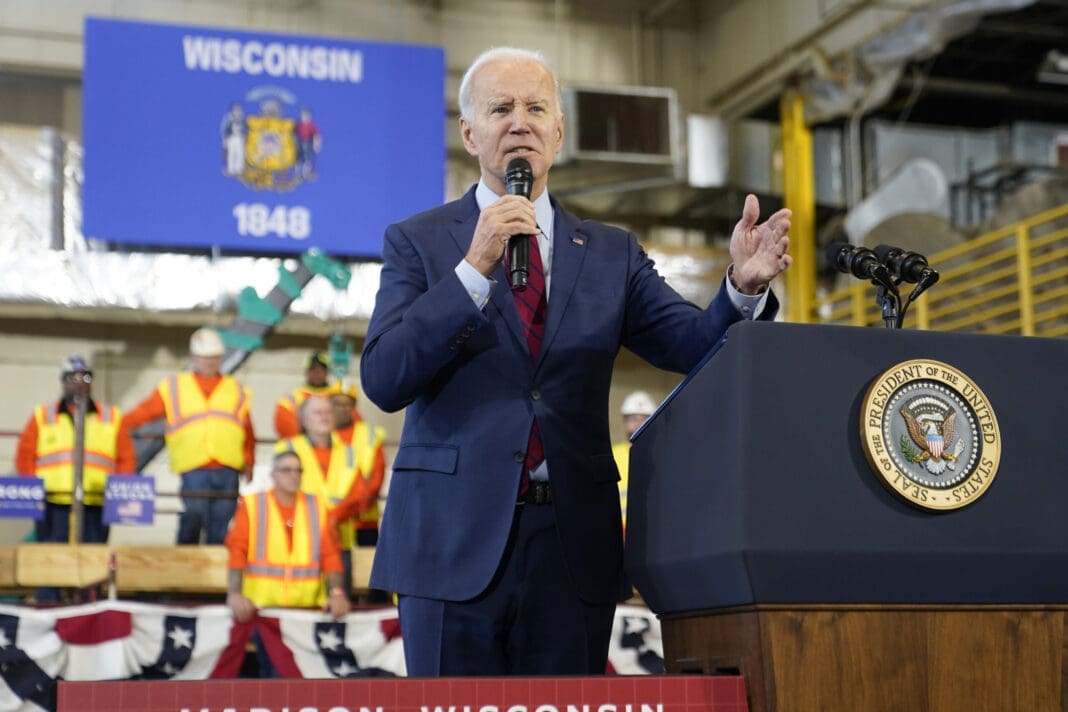
December jobs report: Wages up, hiring steady as job market ends year strong
Friday’s jobs data showed a strong, resilient U.S. labor market with wages outpacing inflation — welcome news for Americans hoping to have more purchasing power in 2024.
By Casey Quinlan - January 05, 2024
Biden’s infrastructure law is boosting Nevada’s economy. Sam Brown opposed it.
The Nevada Republican U.S. Senate hopeful also spoke out against a rail project projected to create thousands of union jobs
By Jesse Valentine - November 15, 2023





















